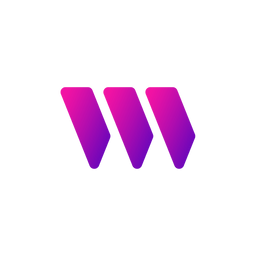Why web3 is ready for mass adoption
The apps-infrastructure cycle, and how breakthroughs in blockchain tech are igniting the next generation of mass-consumer internet apps.
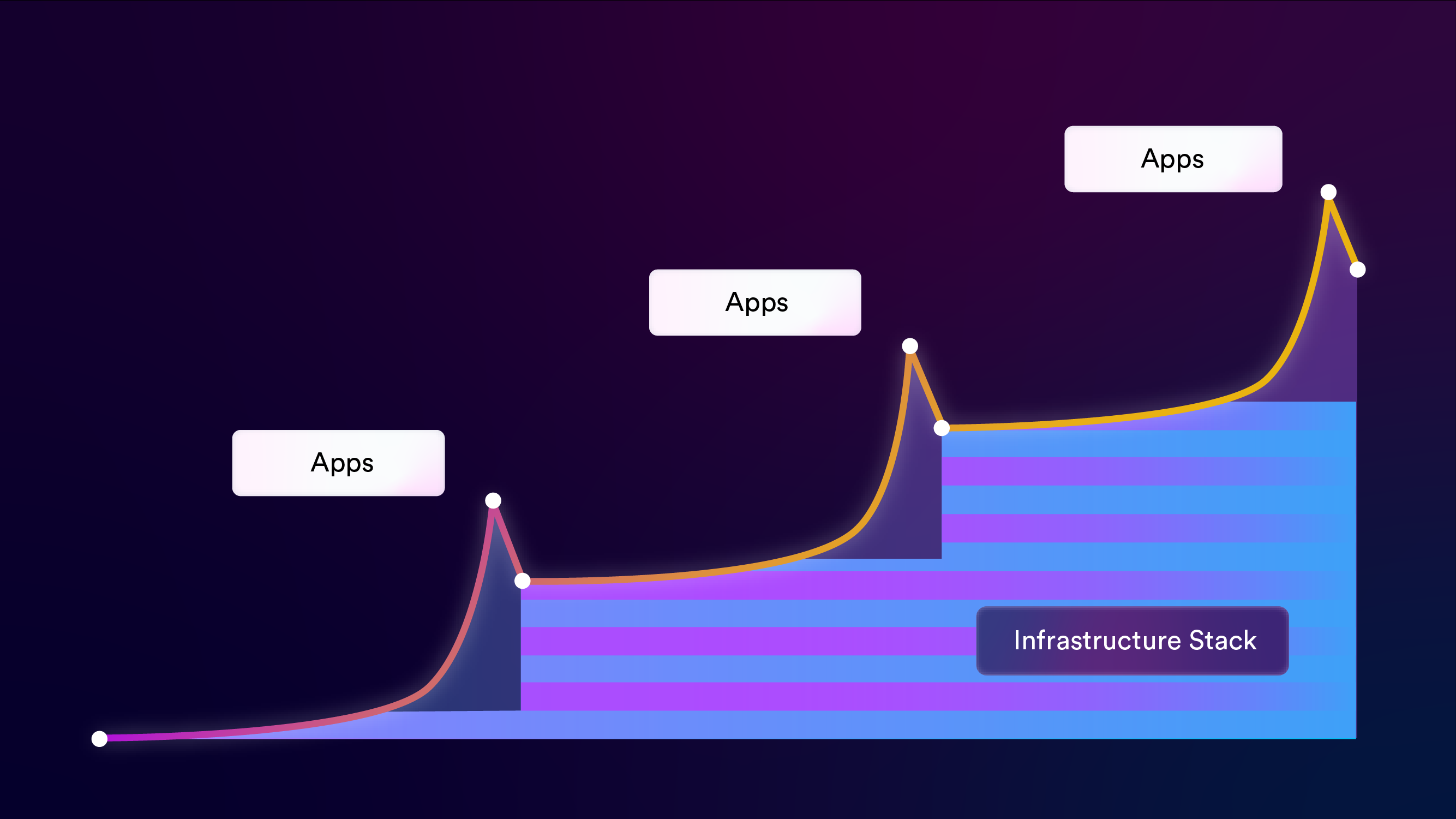
In 2015, we saw the inception of Ethereum — serving as the first-ever platform for decentralized applications powered by blockchain technology. Over the next few years, open-source communities contributed to improving the network, leading to major protocol upgrades as developers began to build smart contracts & experiment with the blockchain.
In 2017, the decentralized finance boom brought crypto to the masses, as digital money gained traction globally. Over the next few years, we saw more apps being built that would make crypto accessible on a global scale — such as exchanges & wallets.
In 2020, NFTs took the spotlight — introducing verifiability, interoperability, and true ownership to digital assets for the first time.
Since then, few mainstream applications of blockchain technology have emerged. The bear market has settled in, liquidity has dried up, and growth has slowed.
But despite public perception, the past 18 months have been definitive for blockchain technology — as we navigate yet another infrastructure phase of the apps-infrastructure cycle.
The myth of the infrastructure phase
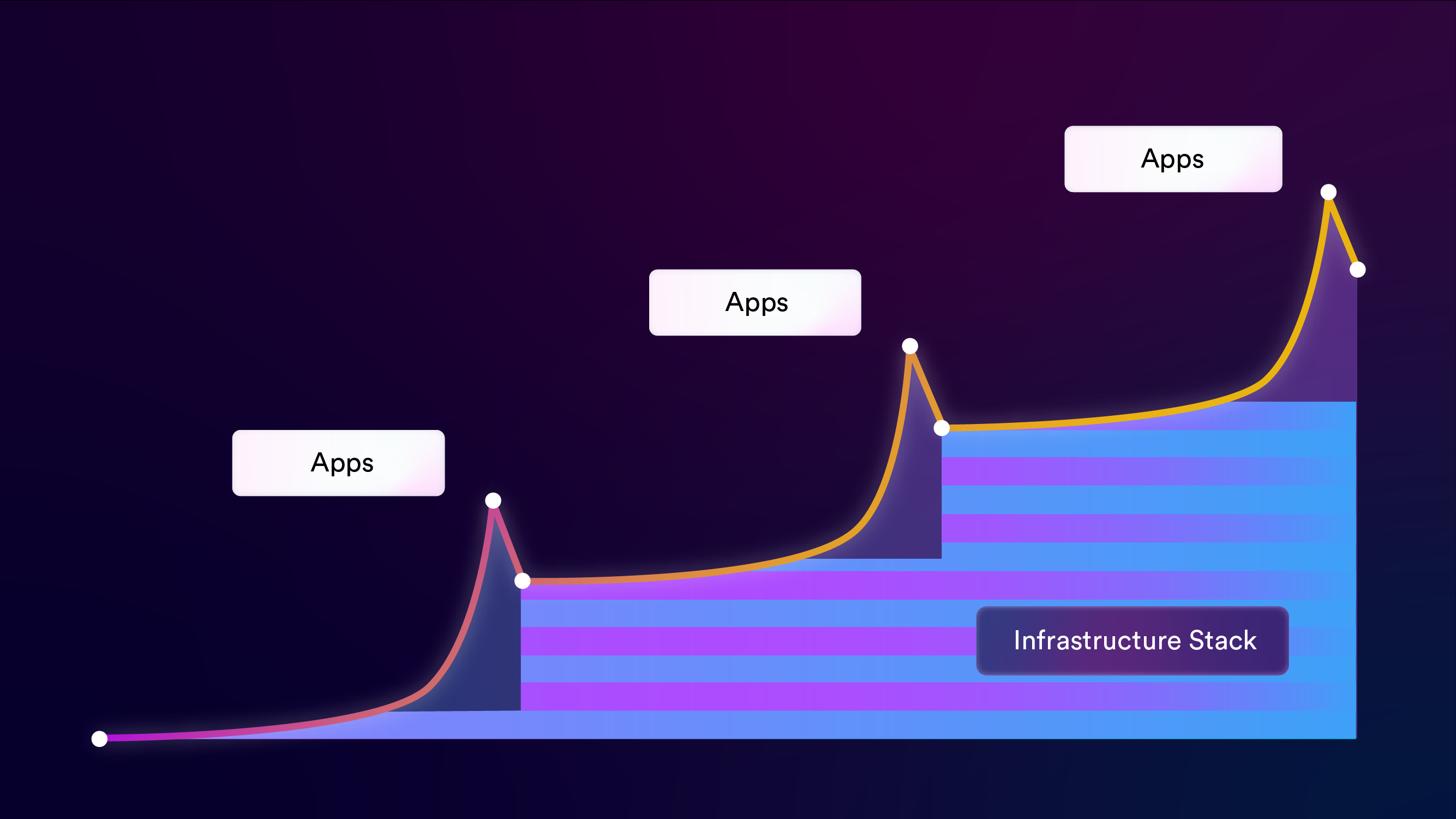
Innovative use cases for nascent technology don’t materialize overnight. It takes years of trial and error for builders to create apps & then build the infrastructure to support them.
When we look closely at major platform shifts, there is usually a breakout app first. Then that breakout app inspires a phase where we build infrastructure that makes it easier to build similar apps — allowing for mass adoption of those apps.
– Dani Grant & Nick Grossman, Union Square Ventures
Artificial intelligence, for example, had its breakthrough moment in 2022 — quickly reaching mainstream adoption with applications like ChatGPT and Midjourney. But these groundbreaking tools are the result of 70+ years of AI research, dating back to its genesis in the 1950s.
The blockchain, on the other hand, was born in 2008 with Bitcoin — hitting the 15-year mark since its inception this year. And Ethereum — the layer that most decentralized applications are built on — is turning only 8 this month.
So while we’ve barely scratched the surface with blockchain-enabled consumer applications, the industry experienced major breakthroughs at the infrastructure level in 2023.
These breakthroughs are paving the way for an innovation boom as the blockchain becomes viable infrastructure to power mass-consumer applications that can be used by millions in gaming, commerce, social media, the creator space, and much more.
And these killer applications will succeed not solely because they’re built on the blockchain — but because they leverage blockchain technology in innovative ways to enable a global, open, and accessible digital economy.
In this article, we’ll explore how the infrastructural advancements of 2023 are poised to catalyze the next big crypto cycle — powering a wave of consumer applications that will enable blockchain technology to realize its full potential.
Infrastructure makes way for innovation
Building an internet startup during the early 2000s was hard. Founders had to set up their own servers, figure out network connectivity, piece together their app’s infrastructure, and then build their product. This was all before they had even come up with a business model to start generating revenue — causing 99% of internet businesses to fail.

Enter cloud computing: completely transforming the web and enabling developers to more efficiently manage their backend architecture — allowing them to focus on building great products. This led to an explosion of innovation and made building internet products accessible to anyone.
Blockchain development is following a similar trajectory — being held back by inefficient, complicated, and fragmented infrastructure. But in the past year alone, we’ve made several quantum leaps forward towards kicking off the next apps phase of the cycle, primarily in:
- Blockchain scalability
- User experience
- Developer tooling
Let's dive into each of these.
The race to scaling Ethereum
Ethereum is a breakthrough evolution in public infrastructure for the internet — but to maintain decentralization & security, it sacrifices scalability.
This makes it inaccessible for many apps (& users), with high gas fees & low throughput.
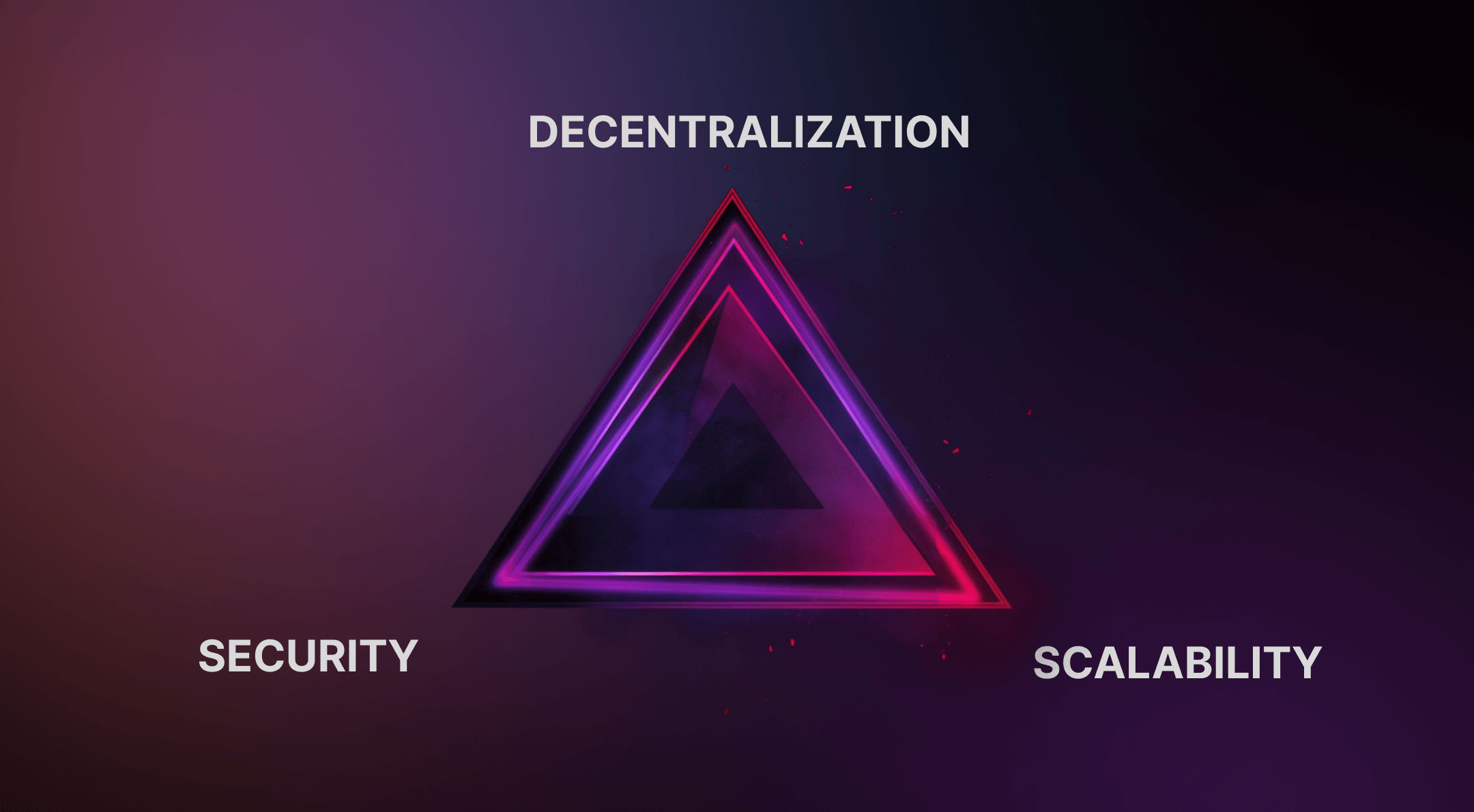
Ethereum’s inability to handle high volumes of transactions simultaneously meant that building scalable apps on the network was impossible — and as it gained popularity, two problems emerged:
- Ethereum’s intensive energy usage was not environmentally sustainable — making the network unappealing to many
- As more people joined the network, Ethereum’s high transaction fees made it unusable for those very users
In the past year, there’s been 3 major infrastructure breakthroughs that are quickly pushing Ethereum towards scalability:
- The Merge: In Sept 2022, Ethereum upgraded from PoW to PoS — reducing the amount of energy it consumed by 99%.
- Layer 2s: Hundreds of Layer 2 networks emerged to solve the scalability problem — with solutions like sidechains, zero-knowledge & optimistic rollups, and validiums decreasing gas fees & expanding the Ethereum ecosystem.
- EIP-4844: The upcoming Cancun upgrade is anticipated to reduce gas fees on L2s even further, by 10-100x.
With these advancements, Ethereum is quickly becoming viable infrastructure to power mass-consumer apps.
Onboarding the internet's users onto web3
It’s easy to underestimate the importance of technology being user friendly. Humans have been rewired over the last 20 years to expect technology to be able to anticipate exactly what they want to happen, and behave accordingly.
I flick a switch and a light turns on. I open an app, tap a few buttons and a car will appear & take me to my desired destination.
Using a blockchain application feels like a step back in time. For a new user to interact with the blockchain, they must: create a wallet, store their private keys, purchase & transfer crypto, pay gas fees, and sign every single action that they take on a dApp.
Web2 is like driving an automatic car. It's straightforward; you get in, press the pedal, and off you go. Web3, on the other hand, is more like driving stick.
You need to understand the gears, the clutch, and constantly monitor the tachometer — otherwise you’ll damage the transmission or stall the car.
– 0xDesigner
Over the past year, we’ve seen an explosion of innovation in web3 user experience — including:
- Smart wallets enabled by account abstraction (ERC-4337)
- Game-changing standards like token bound accounts (ERC-6551)
- Wallet solutions to onboard web2 users by removing complexity
Building tools to empower everyday internet users with blockchain technology is extremely important. It's why we acquired Paper — who built industry-leading products to solve the greatest challenges to web3 onboarding:
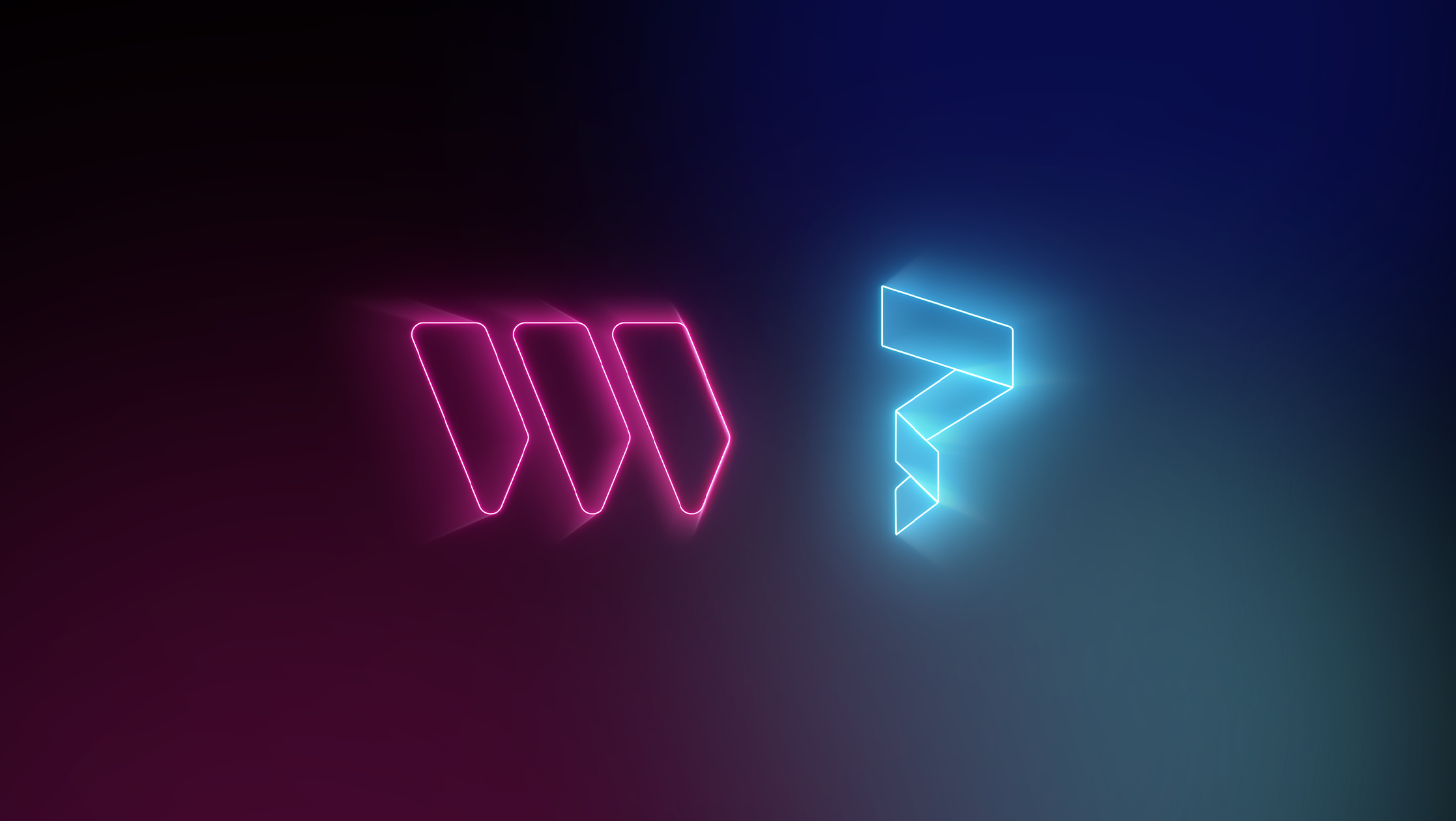
Solutions like these are driving mass adoption for web3 — making it easy for anyone to interact with decentralized apps & bringing the benefits of the blockchain to everyone.
But to drive adoption in the first place, developers need to be empowered with all of the tools required to build seamless blockchain apps.
To build seamless apps, developers need seamless tools
The final piece of the puzzle for the infrastructure phase is empowering developers with the tools they need to build great apps.
Rather than having to piece together solutions from different providers — stringing them together to build a simple flow — developers need to be able to build web3 applications while having a lot of the unnecessary blockchain complexity abstracted away.
Today, anyone that’s building a web3 app needs to work with 7-8 vendors to implement all of the blockchain functionality. With legal & compliance processes, various account managers, and tools that don’t integrate with each other seamlessly, it's a nightmare.
Similar to what standardized open protocols did in web1, and what cloud computing did in web2, an all-in-one blockchain development stack is needed in web3. At thirdweb, we strive to empower every developer with the tools they need to build web3 apps — building a seamless, deeply-integrated all-in-one solution for blockchain development.
For the past 18 months, we've been building a complete suite of tools for every web3 developer to build seamless apps. Adding Paper's embedded wallet & checkout products to our tools was the biggest leap we've taken towards this — completing the stack:
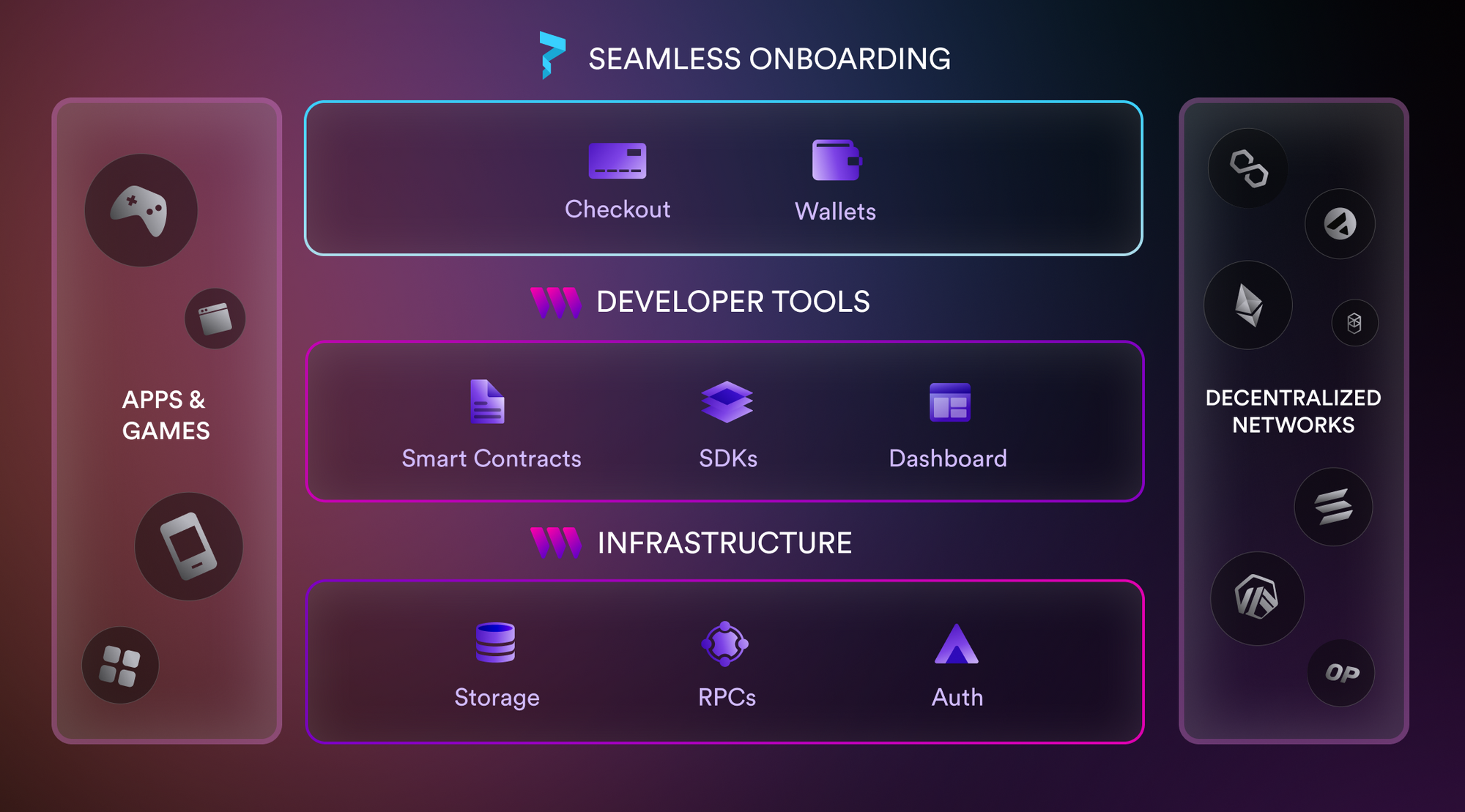
By empowering developers with a unified stack, we’re simplifying the web3 development process by 10x — reducing development time from months to weeks, enabling teams to focus on building great products, and accelerating innovation in the ecosystem.
Entering web3’s application era
With all of the above breakthroughs at the protocol, user experience, and tooling levels, the blockchain is quickly becoming viable infrastructure to power the next generation of mass-consumer internet applications.
The next phase of the apps-infrastructure cycle is here. Let's build.


